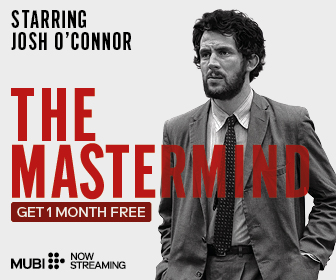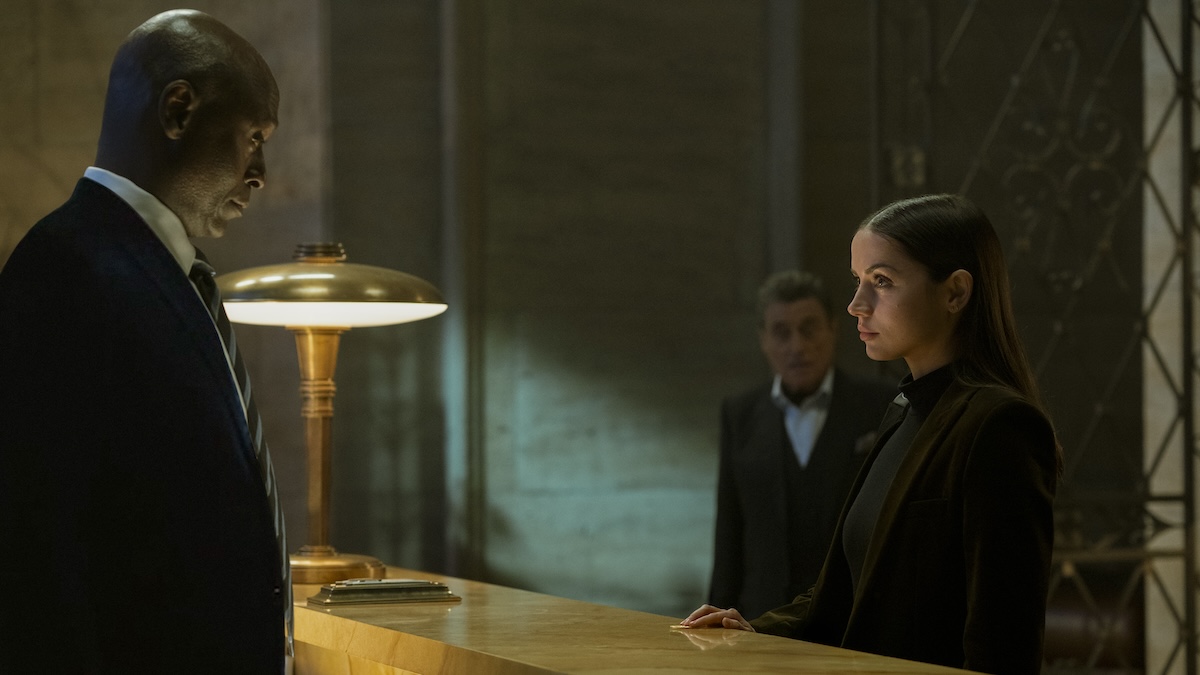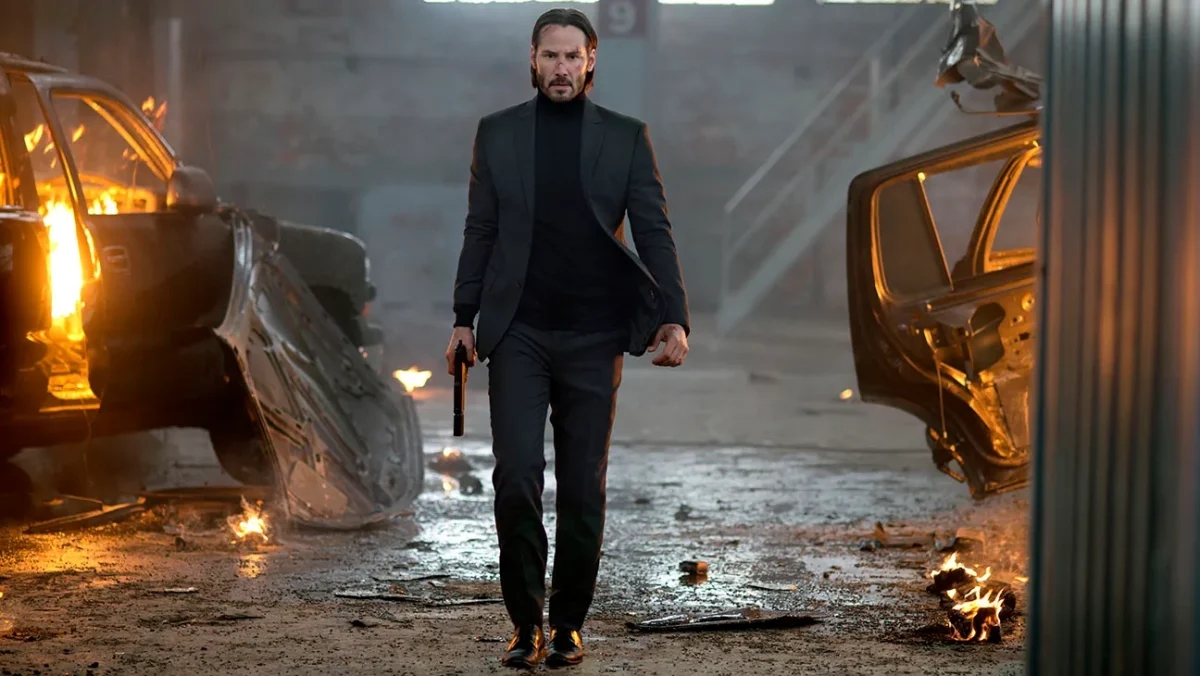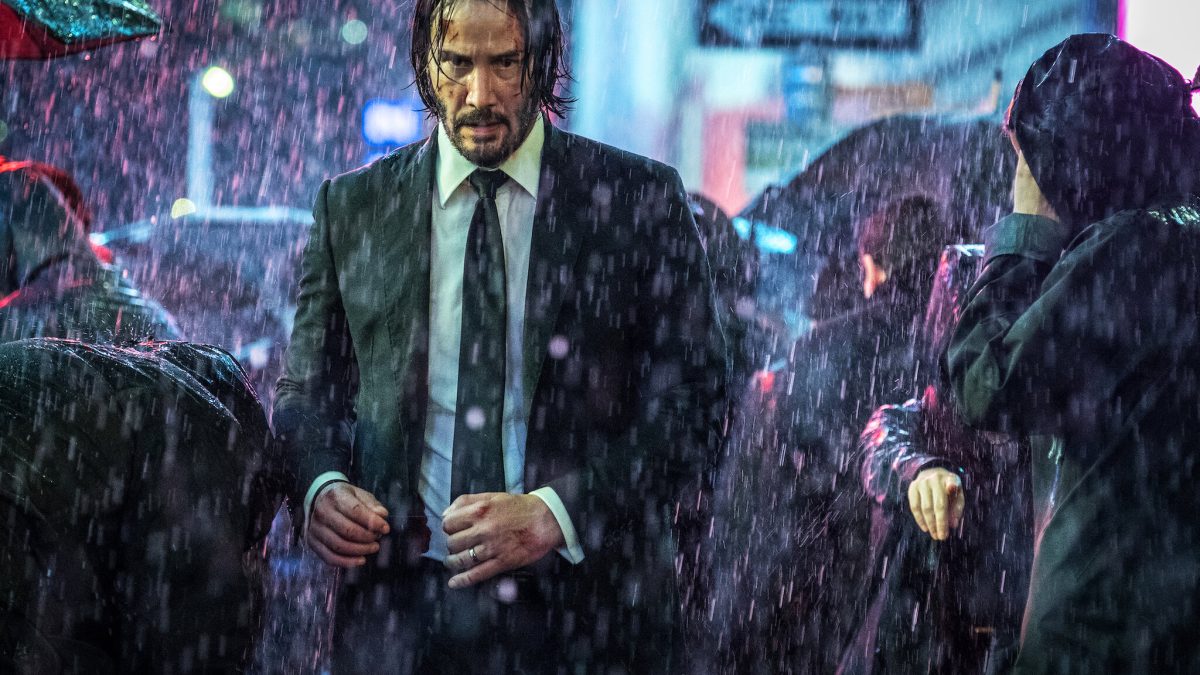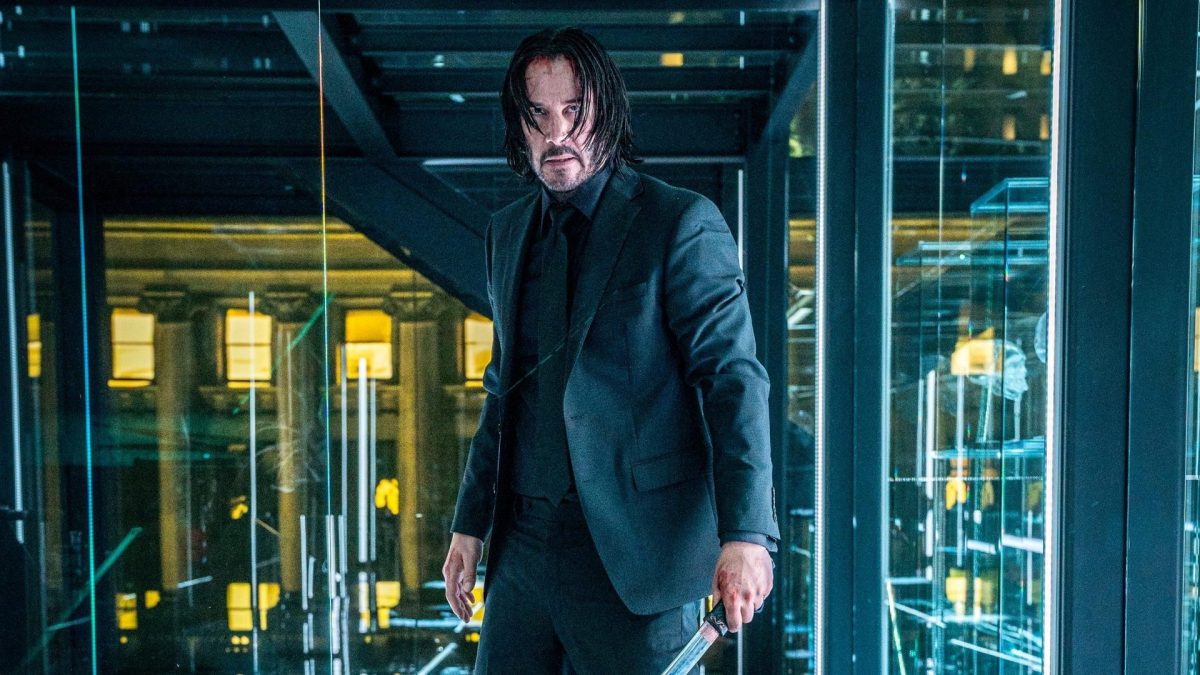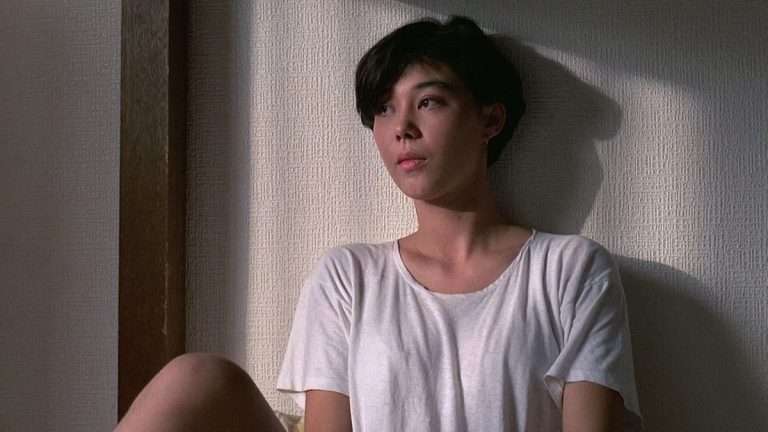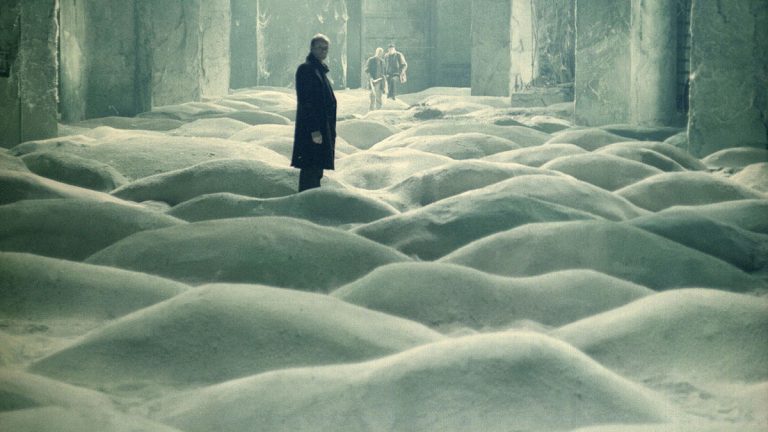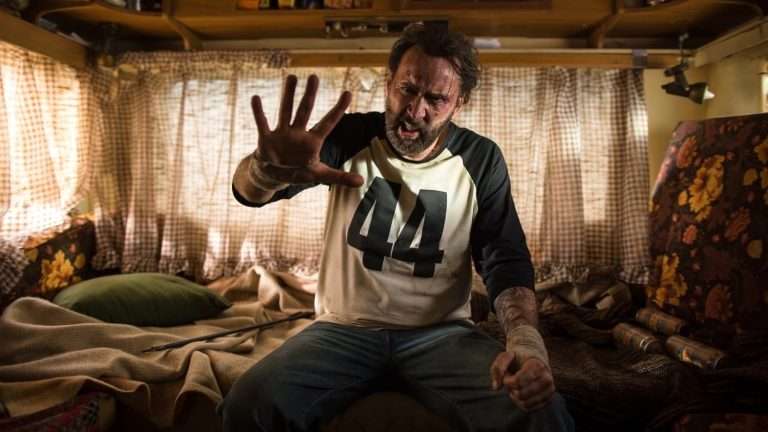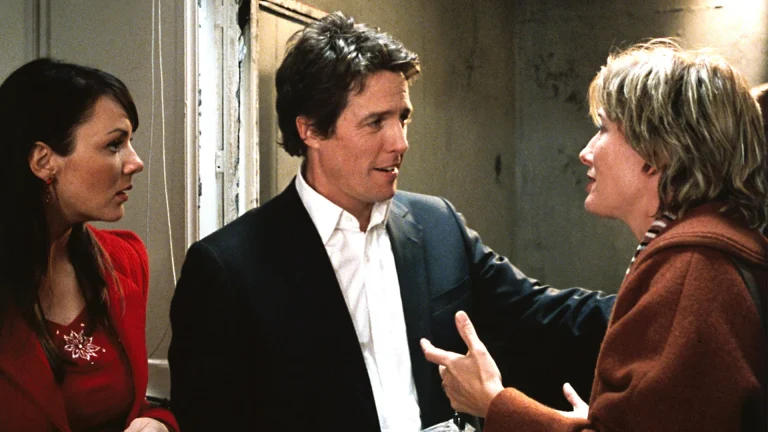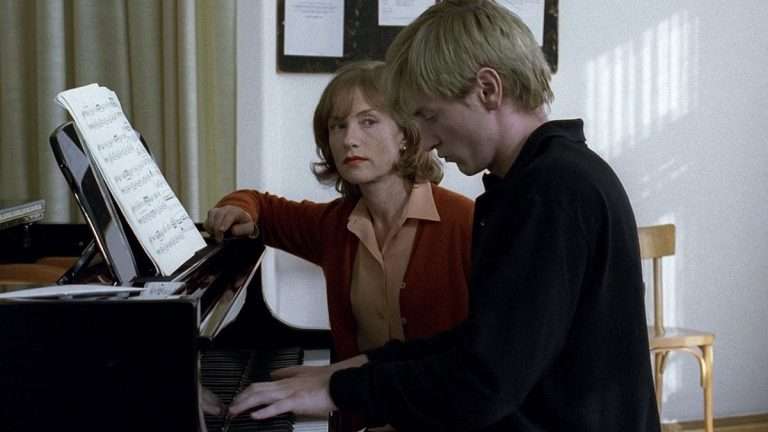“John Wick” came out of nowhere to become the most influential action movie of the 2010s, changing Hollywood’s approach to stunt work. After audiences had grown tired of the relentless use of CGI within larger blockbusters, “John Wick” provided an opportunity for stunt performers to show the merits of practicality. Although he had faced a period of critical decline in the aftermath of “The Matrix” sequels, Keanu Reeves returned with a vengeance to deliver one of the defining performances of his career. The now-infamous line of “I’m thinking I’m back” feels like a not-so-subtle reference to his own trajectory as a movie star.
“John Wick” has spawned many imitators, as the notion of a ruthless, darkly comedic revenge thriller has taken hold of Hollywood; films such as “Nobody,” “Atomic Blonde,” “The Beekeeper,” and “Monkey Man” certainly wouldn’t have existed without the groundwork that “John Wick” established. Despite initially being planned as a direct-to-DVD film, “John Wick” has spawned a franchise that includes three sequels, a prequel series on Peacock, and the live-action spinoff “Ballerina.” Additionally, upcoming projects include a fifth film with Reeves, a spinoff directed by Donnie Yen, and an animated tie-in. Here is every “John Wick” film, ranked from worst to best.
5. From The World of John Wick: Ballerina (2025)
While it easily could have been a cash grab intended to benefit from the name recognition of the original property, “Ballerina” is a spinoff that maintains the same style and develops a new story and protagonist that are worthwhile on their own. Despite appearances by Ian McShane, Anjelica Huston, and even Reeves to provide some connective tissue, “Ballerina” serves as an enthralling origin story for the character Eve (Ana de Armas), a young initiate of the assassin organization that seeks vengeance for the murder of her family.
If “John Wick” was a confined revenge story set over a limited period of time, then “Ballerina” is an epic that examines Eve’s rise to prominence as she goes on several missions, each of which enhances her abilities. It’s to the film’s credit that she is a vulnerable character who has to develop in both confidence and aggression, and de Armas gives an outstanding physical performance that showcases this transition. Although it’s not quite as narratively tight as the core series, “Ballerina” contains just as much death-defying action, as it’s wildly inventive in how seemingly normal environments are transformed into battlegrounds. “Ballerina” is intended to appease established “John Wick” fans, but it’s a thrilling character piece that merits its own franchise.
4. John Wick: Chapter 2 (2017)
The second installment in the “John Wick” series only ranks as low as it does based on the tough competition it faces from within its own franchise. The cinematography, direction, and relentless pacing are leaps and bounds above the majority of the action films that dominate the domestic box office. Although the first “John Wick” was technically the origin story, it was the second film that was tasked with expanding the world of the High Table and showing the different assassins, warriors, and criminal masterminds that existed within the same universe.
“John Wick: Chapter 2” doesn’t have the same rising tension as its predecessor, as it instead focuses on John’s desire to leave behind the world of vengeance that he has returned to. Stahelski managed to expand the scale of the film without sacrificing its intimacy. Although an extended battle sequence in Rome shows off the international appeal of the franchise, the final set piece is a far more grounded, personal battle that features Reeves at his most vulnerable. Given that it was presumed to be a serialized story at this point, the cliffhanger that “John Wick: Chapter 2” closes off with was a great teaser that initiated the next phase of the series.
Also Read: Baba Yaga’s Bullet Ballet: John Wick and the Rebirth of Modern Action Cinema
3. John Wick: Chapter 3- Parabellum (2019)
“John Wick: Chapter 3- Parabellum” starts off on a high, as it picks up wth the conclusion of the second film, which saw John having to flee the assassins of the High Table after a bounty is placed on his head. Although the extended New York chase showed just how far the series had advanced from its humble origins, “John Wick: Chapter 3- Parabellum” also offered a more contemplative study of its titular character’s psychology. The slow revelation of how John was shaped into a fighting machine helps the series reach a mythological, existential level of storytelling. Although there’s a dark sense of humor that comes from the graphic nature of how John performs some of his kills, “John Wick: Chapter 3- Parabellum” proved that the series was capable of being completely sincere.
Returning cast members like Ian McShane and the late great Lance Reddick are given expanded roles, with Halle Berry showing up to deliver a scene-stealing extended cameo. Although there is a brief moment in the middle of the film in which the pacing begins to drag as a result of the lack of forward momentum, the brutal swordsmanship and gunplay within the film’s climactic third act make the payoff worthwhile.
2. John Wick (2014)
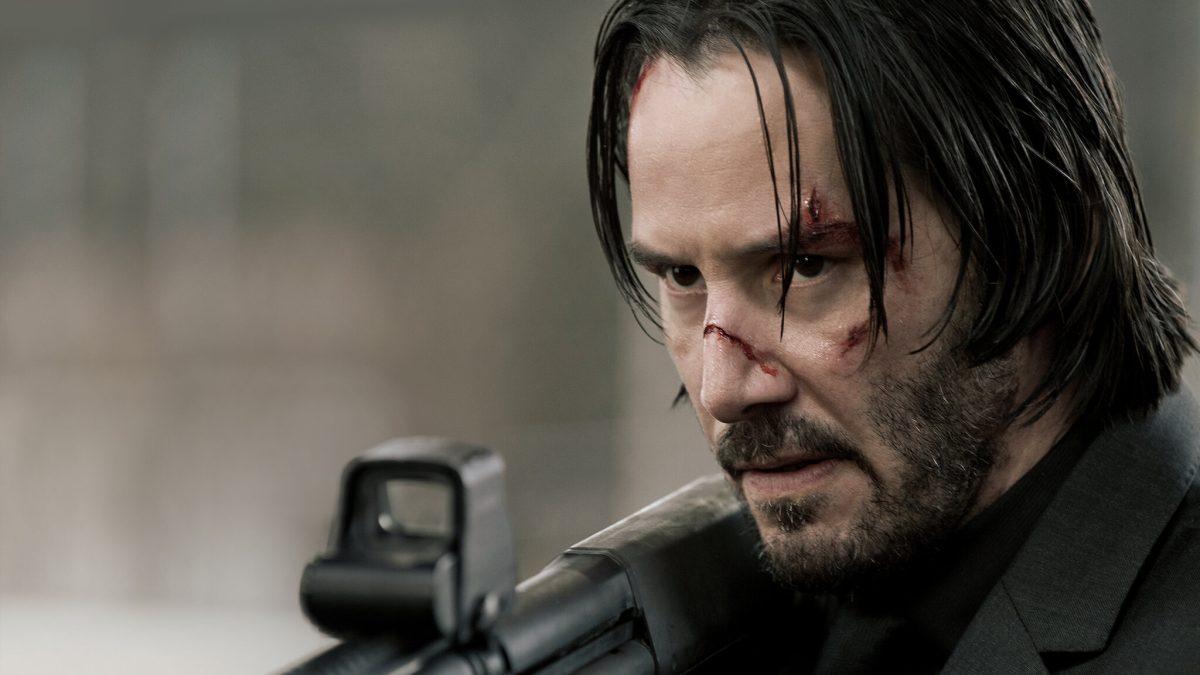
“John Wick” has one of the most simple, yet effective premises in the history of action cinema. While it may be the death of his dog that sparked him to go on a killing spree, John is a grieving widower who turned away from the past as a means of avoiding pain. “John Wick” does not imply that depression can be cured through violence, but it does show the power that John gains from finding purpose. The film’s villains are nasty, cruel, and enhanced with the type of resources that someone like John would never be capable of. Reeves’ bruised, mournful performance is far more emotionally intelligent than one may expect, as he’s always been a much better and more self-aware actor than he has been given credit for.
The now iconic nightclub sequence is not only a perfectly executed unleashing of Reeves’ skills as a performer, but an example of the high wire act that “John Wick” managed to pull off. By blending East Asian martial arts, the righteous anger of ‘70s revenge thrillers, the chilly outlook of a neo-noir thriller, and the sumptuous cinematography of the European masters, “John Wick” became a kaleidoscopic celebration of the history of cinema, while also becoming an outstanding achievement in originality.
1. John Wick: Chapter 4 (2023)
“John Wick: Chapter 4” is not only the best installment in the series thus far, but a film worthy of being ranked alongside “Mad Max: Fury Road,” “Casino Royale,” and “Oldboy” when discussing the greatest action films of the 21st century. John’s quest for peace takes on an operatic level of drama in an international adventure that spans all the way from the Arabian deserts to the streets of France. Each set piece builds upon one another, exposing different techniques used to keep the stakes as high as possible. While the Japanese showdown contains shogun action reminiscent of “Yojimbo,” the film’s final duel to the death is a modern interpretation of the iconic gunfight within Sergio Leone’s “Once Upon A Time in the West.”
“John Wick: Chapter 4” is surprisingly poignant in how it serves as a sendoff to one era in this universe. Laurence Fishburne’s reunion with Reeves is a highlight, as is the surprisingly emotional loss of Reddick, who passed away shortly before the film’s premiere. At nearly three hours long, “John Wick: Chapter 4” fully transformed the franchise from its B-movie origins into a spiritual epic about the fleeting morality of its titular character. It’s clearly a universe that is destined to expand, but it’s hard to imagine another masterpiece on the level of “John Wick: Chapter 4” coming to fruition.

